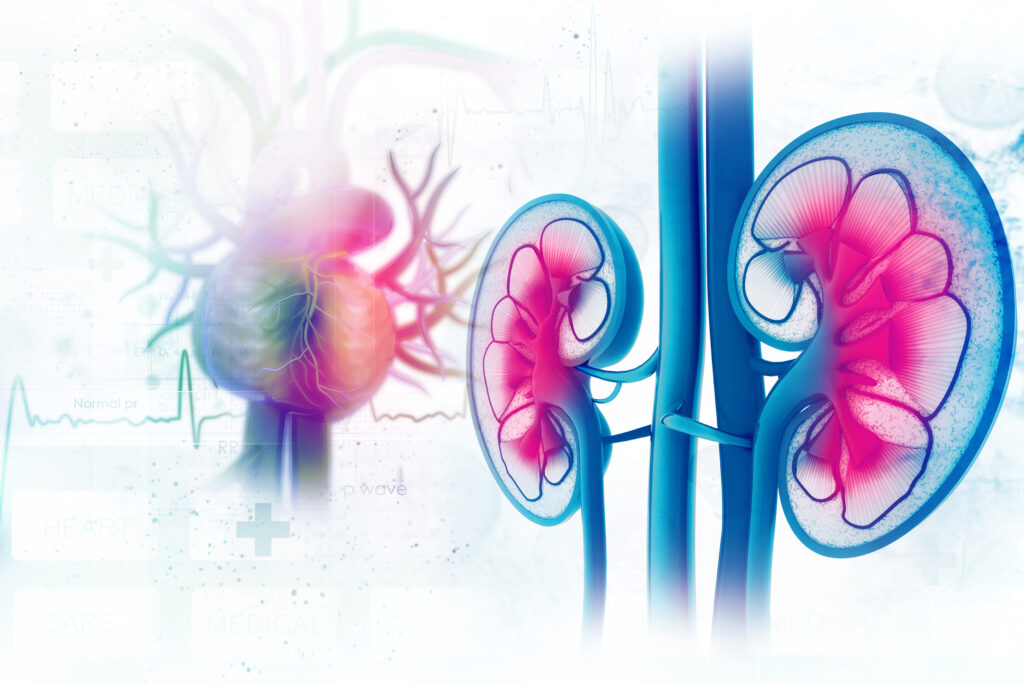Cardiovascular disease (CVD), continues to be the leading cause of death in the United States and worldwide. Many patients with CVD have signs of chronic kidney disease (CKD), and those with CKD are often times disproportionately affected by CVD.

This interconnectedness was further explored in a recent study published in the Journal of Clinical Investigation that identified a new immune target, suPAR, as a protein that causes kidney disease and atherosclerosis, the most common form of CVD. Unlike traditional approaches to treating CVD such as controlling blood pressure and lowering cholesterol, this breakthrough research offers a new approach to treatment from an entirely different perspective.
Continue reading “suPAR: A New Approach to Treating Cardiovascular Disease”